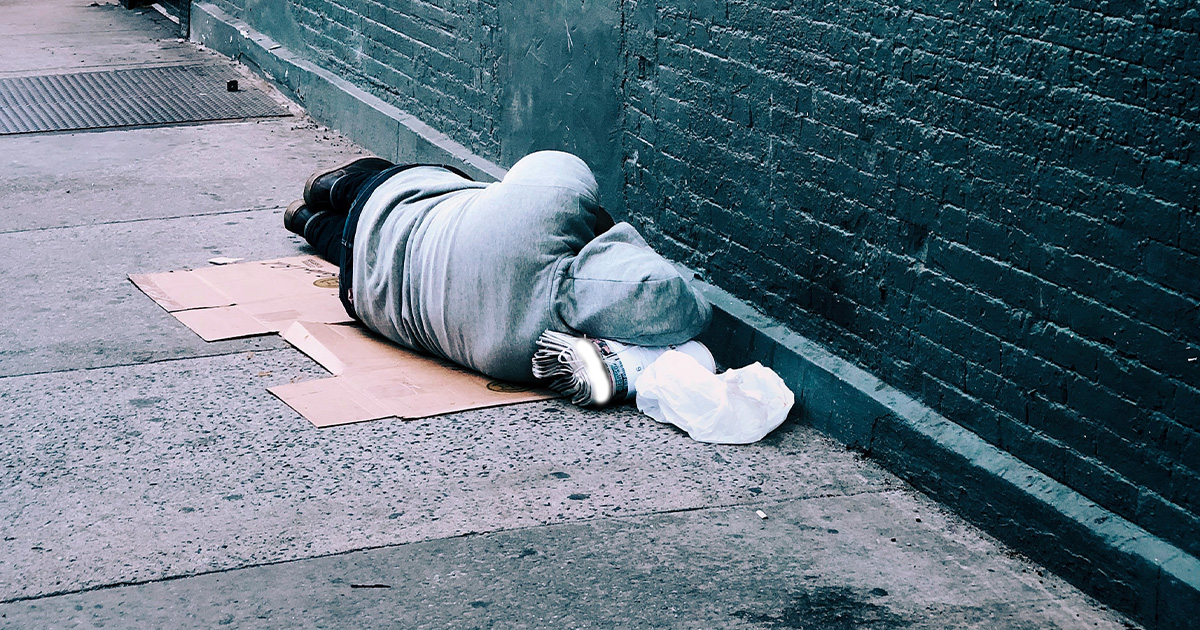

California’s Plan to Deal with Homelessness
People must be seen as the connected image bearers and moral agents they are: in need of spiritual, relational, and physical redemption. Local governments do have a role to play, but this restoration requires the wider community, including the Church.
03/30/22
John Stonestreet and Kasey Leander

As the Economist reports, the number of homeless Californians has surged by “more than a third in the past five years, compared with a rise of less than 6% nationally.” By some estimates, half of America’s unsheltered homeless population live in the Golden State.
We ought never reduce people to mere statistics on this or any issue, or worse, to inconveniences. Proverbs 21 warns: “Whoever closes his ear to the cry of the poor will himself call out and not be answered.”
In fact, reducing the homeless population to their homelessness has been a big part of this problem. Historically, the U.S. has historically focused on a “housing-first” approach to homelessness: expensive programs putting people under roofs, but not much more. California’s two most recent budget plans, for example, dedicate $26 billion to this approach.
More money won’t work if we don’t address the heart of the issue.
People must be seen as the connected image bearers and moral agents they are: in need of spiritual, relational, and physical redemption. Local governments do have a role to play, but this restoration requires the wider community, including the Church.
Have a Follow-up Question?
Related Content

© Copyright 2020, All Rights Reserved.














